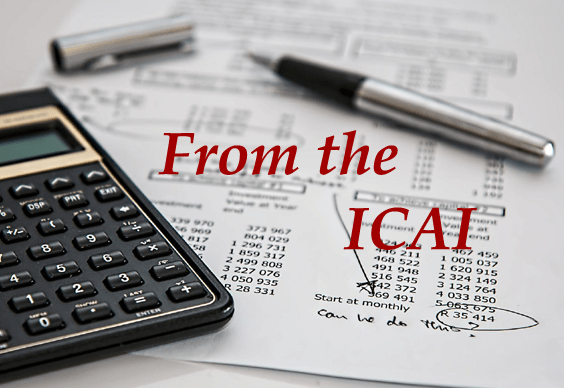Why Asia may embrace Donald Trump's trade plan-if it cuts out China
Apr 23, 2025
Faced with Chinese overcapacity and unfair trade, several Asian economies are cautiously eyeing Trump's anti-China trade coalition-if the terms fit their industrial goals
In any conflict, you have to recruit allies. Unfortunately for Donald Trump, that’s also true of his trade war. Some of his advisors understand this: Treasury Secretary Scott Bessent intends to use the “90-day pause” he won from the president to round up old friends and encircle China.
Given that Washington is trusted far less in Asia these days, that might be a big ask for Bessent and his colleagues. But we shouldn’t dismiss the effort out of hand, either. Many countries would be happy to see the current structure of Trump’s tariffs — disproportionately targeted at China — continue indefinitely.
Beijing knows this, and that’s why it has begun its own ally-recruiting effort. President Xi Jinping visited Vietnam, Cambodia and Malaysia last week, and his hosts went out of their way to give him an enthusiastic welcome.
Yet the fact is that resentment of China’s dominance of goods trade and manufacturing supply chains is as potent in much of Asia as it is in the US. Perhaps more potent, since job losses caused by Chinese dumping are an ongoing and severe problem. Indonesia may have lost as many as 80,000 jobs in just the textile sector last year, with more to come.
The real cost to developing countries of China’s trade practices goes even deeper, although it is less visible. It’s possible to count jobs that are being lost, but much harder to count the jobs that aren’t created. After years of trying to pry value chains away from Beijing’s firm grip, policymakers in emerging Asia are worried and angry. They fear the old tools of development — lower wages and industrial incentives — can’t work against a trade superpower determined to pour its resources into maintaining investment-led growth.
Some economies, such as Vietnam, have certainly prospered by integrating more closely with China. But their leaders know that comes at a cost. Nobody views it as the sort of benign relationship that could instead be built with US companies, investors, and markets.
It’s entirely possible to corral such countries into a coalition meant to disrupt a China-centric trade paradigm. And, yes, differential tariffs — which penalise China more — could well be a part of that effort.
But a few other things will need to be put in place. A big lesson of the past few years is that attitudes to decoupling from China in Asia vary widely. Some countries, India, especially, are eager to isolate Beijing as far as possible, and have gone further than most in the West to control Chinese investment and cut trade links. Others, such as Indonesia, might be willing to join in any effort to reshape supply chains that gives them a shot at industrialisation, but will need an incentive that outweighs the promises and threats that Beijing could deploy. And there are yet others, such as Cambodia, that are perhaps too closely integrated with China now to be reliable partners for the US.
Everyone in Asia already wanted to reduce China’s footprint in the manufacturing sector. Now, as markets in the West close themselves to Chinese goods, producers and policymakers here are terrified that Chinese overcapacity will flood their home markets with cheap imports.
These nations’ incentives aren’t perfectly aligned, however. They are in competition with each other to replace Chinese producers in specific sectors, for example. And some would also want to be the ones who “cheat” any final deal by trans-shipping Chinese goods as much as they can, or through the low-value assembly of goods prepared in factories on the mainland.
Something else will be needed as a glue to hold these diverse interests together. If aid and trade are both off the table, it’s unclear what the US has to offer. Trump thinks access to US consumers is enough of a carrot, but for countries locked in competition with each other and with Beijing, the gains from that trade might appear too uncertain. After all, if they are asked to cut China out of their supply chains, it could raise their costs, perhaps by too much to break into the US market.
A coalition on fairer trade will need boutique strategies designed for each of these countries. Even if Bessent can somehow figure that out, he needs his boss to play along. Any partnership will require Trump’s willingness to haggle on the details, and respects these countries’ autonomy.
Trump has promised to negotiate with “more than 75” countries he says reached out to the US. Any such negotiation will need him to acknowledge that most of his Asian partners aren’t out to defraud the US. Such a change of heart seems unlikely: After Xi’s visit to Vietnam, the president said the meeting’s purpose was “trying to figure out, how do we screw the United States of America?”
America will only benefit from a trade coalition that excludes China, ensures the US’ domestic regulations and higher standards don’t render its producers uncompetitive, and creates new supply chains that include US workers. What Trump actually needs to achieve his ends is an inclusive, equitable, high-quality partnership with allies across the Pacific Ocean. A trans-Pacific partnership, if you will.
[Bloomberg]

